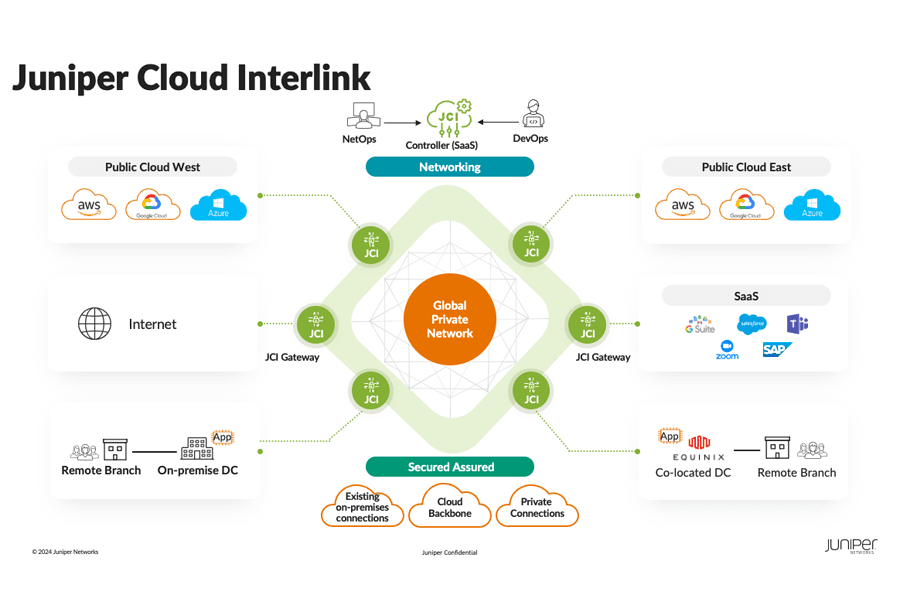With any new technology, there is concern about its impact on people and existing business, as well as the potential for abuse and misapplication. This ultimately leads to regulators creating new rules and potentially even new regulatory bodies and frameworks. The latest emerging technology with seemingly unlimited potential is AI, and governance and regulation is again at the center of the conversation. Only this time, the conversation is slightly different.
With all the upside potential of AI comes a different type of risk than we have seen with previous enterprise technologies such as computers, cloud and BYOD. With cloud, the concern has been mostly around privacy and security. With AI, we are ultimately building solutions that are executing tasks on par with human domain experts that typically require human cognitive reasoning. This raises a new set of concerns with regulators and society, in general. How do we handle AI in healthcare when the AI assistant could be predicting a death within 12 months? How does society handle autonomous vehicles when the safety record exceeds that of humans? Are we really going to see as many new jobs appear as AI displaces other jobs?
That’s why AI governance must be business’ top focus – especially if they want to realize the full potential of AI in their organizations. While many companies recognize this, they apparently still have a way to go.
Juniper Networks’ recent research report of 700 AI/ML leaders shows that while deployments are growing, with an impressive 63% of respondents saying they are “most of the way” to their planned AI adoption goals, only 9% of companies reported having AI governance they would consider “mature.”
That’s an unsettling gap that could potentially slow down a business’ adoption of AI and a vendor’s development plans.
With the current pace of innovation in AI combined with the increasing momentum of AI regulation and legislation globally, a comprehensive governance framework and commitment to building and adopting AI the right way has become essential to ensuring AI’s growth doesn’t spell trouble.
An Investment in the Future of AI
Creating new regulations, setting up new governance frameworks or leveraging existing ones (e.g., UL, FDA, CE, etc) for entirely new technologies takes time, people and capital. Yet, if there was ever a technology worth the investment, it’s AI. No matter what companies spend today to build resilient AI governance structures, that investment will be trivial when compared to the resulting upside.
In our research, more than two-thirds of respondents said that they expect their savings from the use of AI to be invested in the growth of the business. Considering McKinsey concurrently found that 79% of companies saw more than 10% cost reduction due to AI, means there will be a lot of freed up capital going toward business growth.
Staying Ahead of Legislation
Almost half of AI leaders in our report identified regulatory compliance as their top AI risk due to lack of oversight. A full 95% of our survey respondents agree that companies need AI governance to not only minimize negative impacts of AI, but also to stay ahead of government regulation.
In Europe, the European Union (E.U.) is quickly ramping up their AI regulation and putting some of the very first AI legislation in place today through GDPR rules. The draft E.U. AI Act, which will likely be voted on in 2023, categorizes AI applications based on risk and then applies strict compliance standards based on their category. And it’s not just for European companies. The rules apply to any company that does business in the E.U. Furthermore, in the U.S., AI regulation is ramping up under the Biden Administration, with government agencies like the FDA and Federal Trade Commission starting a rulemaking process around AI discrimination, fraud and related data misuse, and the White House Office of Science and Technology Policy beginning work around an AI Bill of Rights.
Empowering Employees to Thrive (and Stay)
AI governance is not just about security and compliance. It also ensures companies use the technology effectively.
One of the clear benefits of a successful AI strategy is employees getting to shed non-strategic tasks so they can focus more on work that truly has an impact – and likely the work they joined the company to do. In a recent visit to a higher education customer, the IT manager commented that he was spending all his time chasing bugs and updating network devices. When he asked for another headcount to help so he could focus on improving the students’ mobile network experience, he was told that was not an option, leading him to adopt AI/ML to help manage the network. Nearly everyone we surveyed (97%) reported that employee satisfaction has increased since implementing AI to take over some operational tasks. In today’s competitive labor market and with the Great Resignation showing no signs of slowing down, retaining the best employees is critical.
And yes, IT and AI can play a significant role.
Governance isn’t a silver bullet that will automatically unleash the power of AI in the enterprise, but it’s an essential part of avoiding potholes on the path to AI success. IT teams have the opportunity to become even more strategic at their companies by leading that charge. As our business counterparts become more comfortable with AI governance and risk mitigation strategies, they will undoubtedly shed their hesitations around the technology and further unlock the value of AI, of which most companies have only scratched the surface.
Learn more about Juniper’s latest AI research here.


